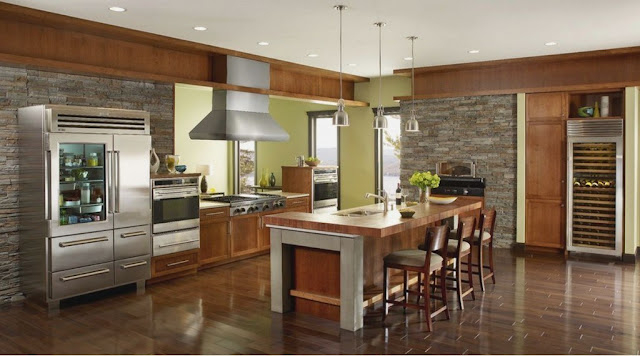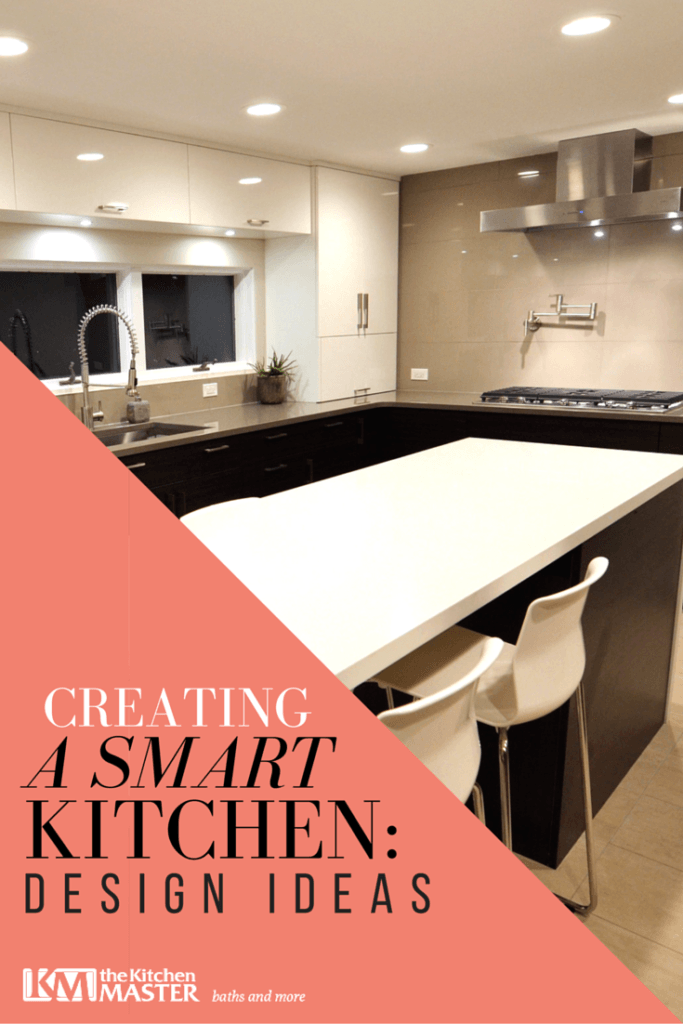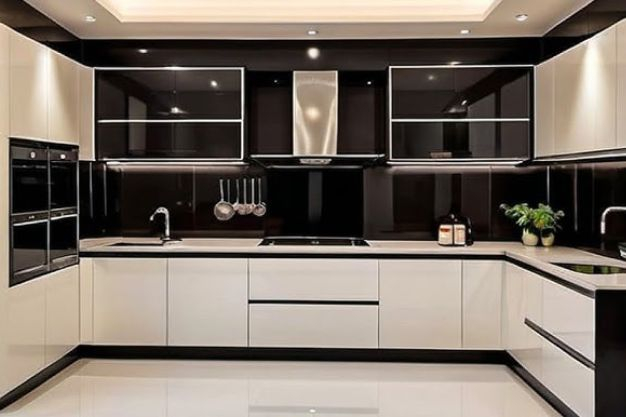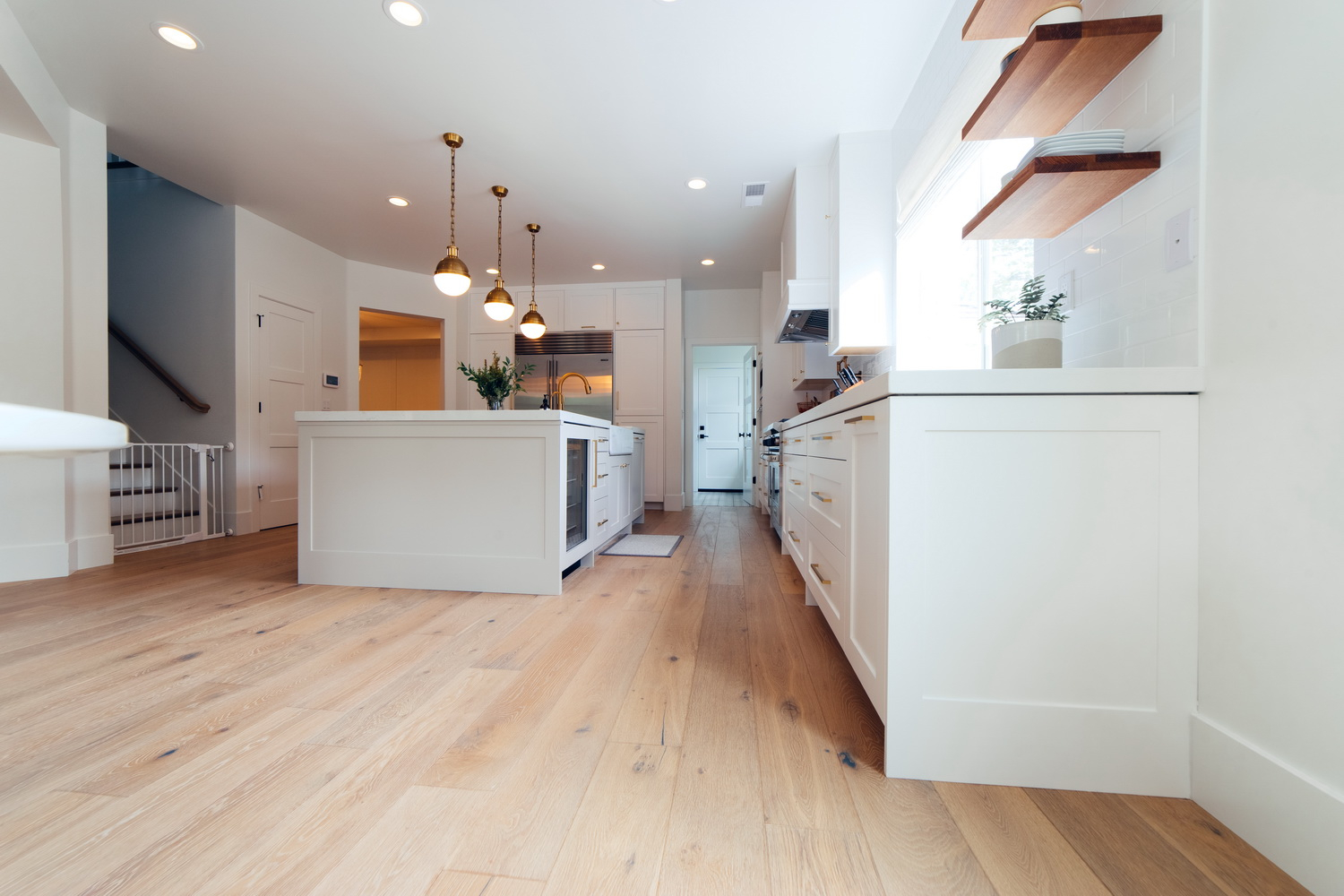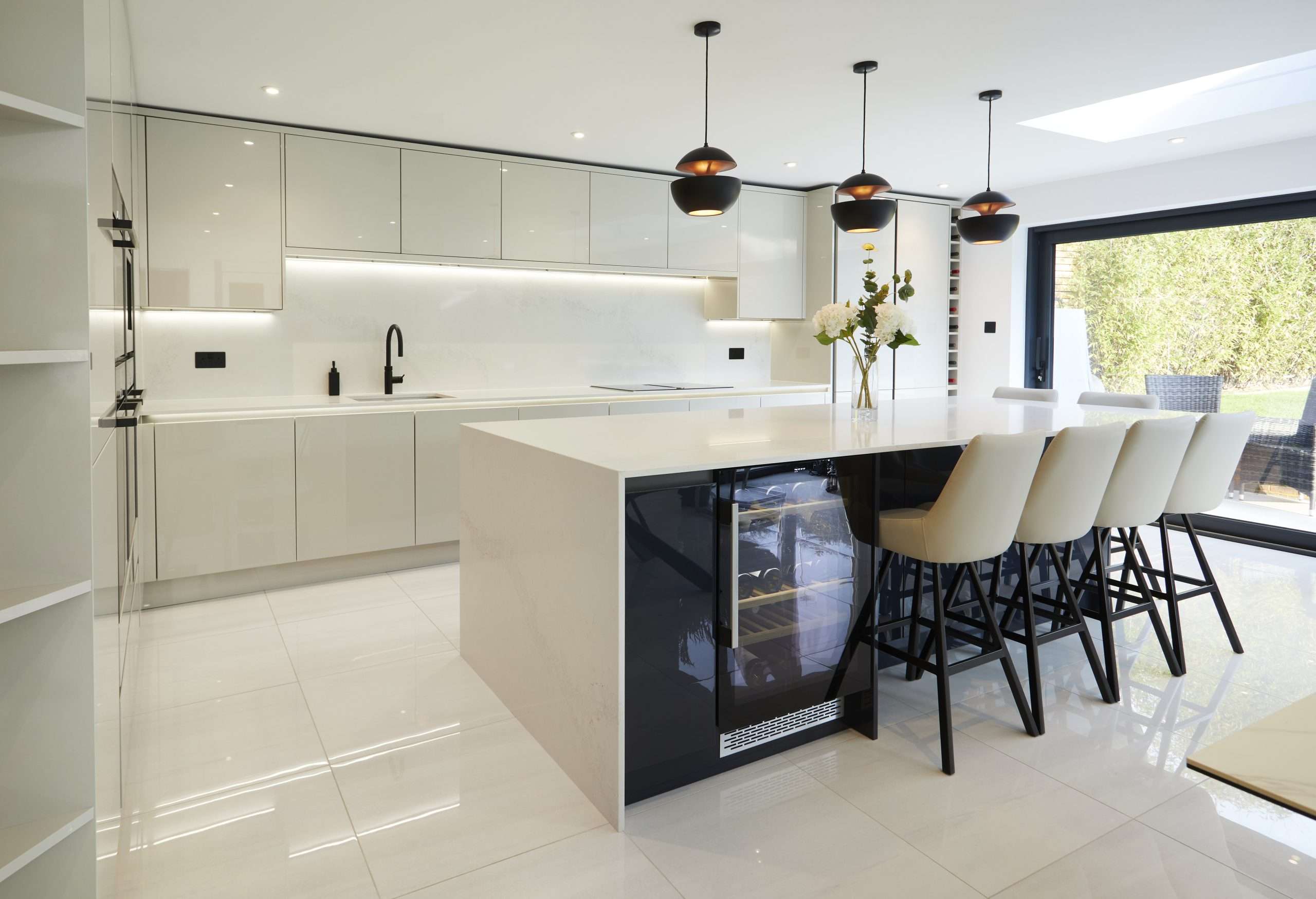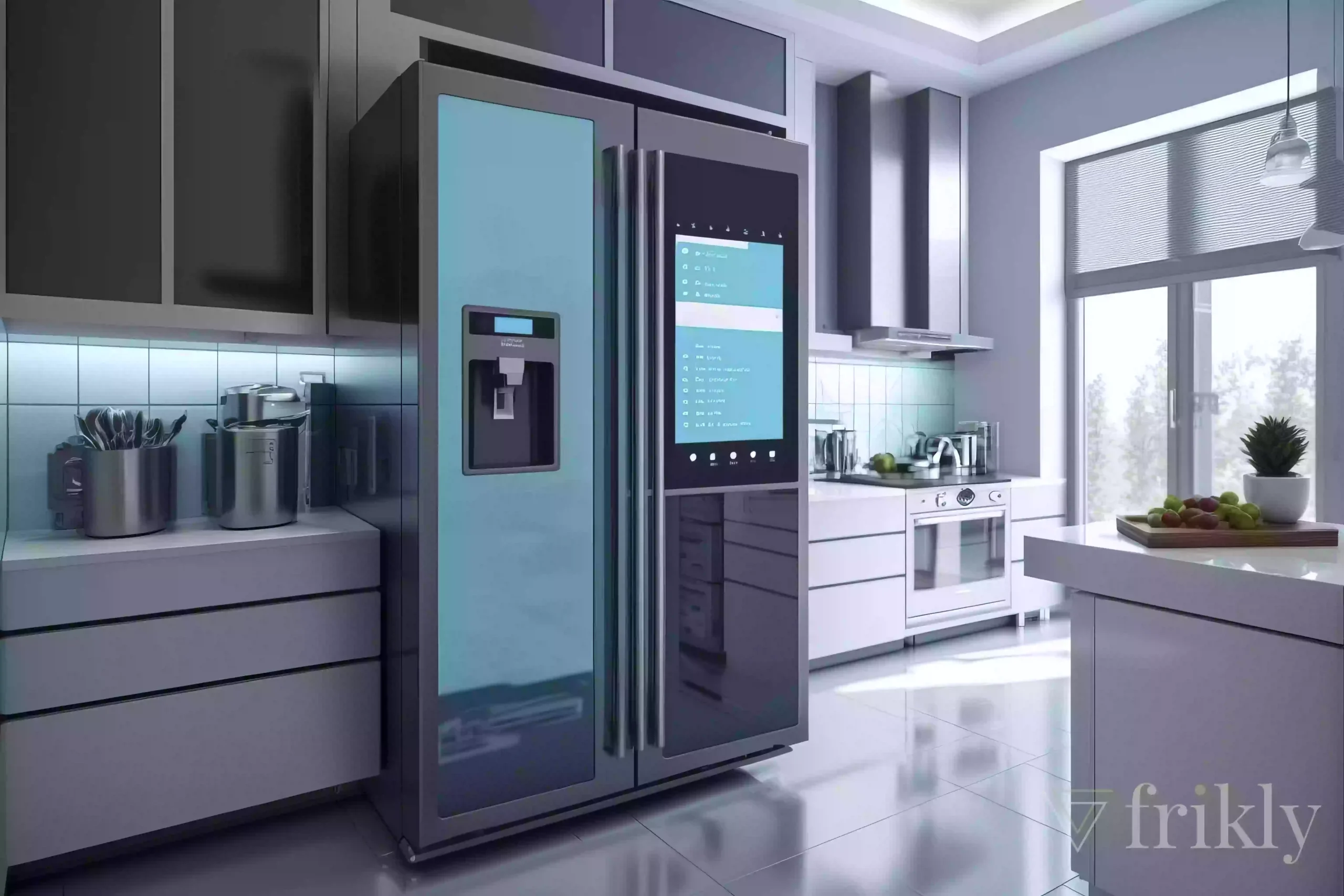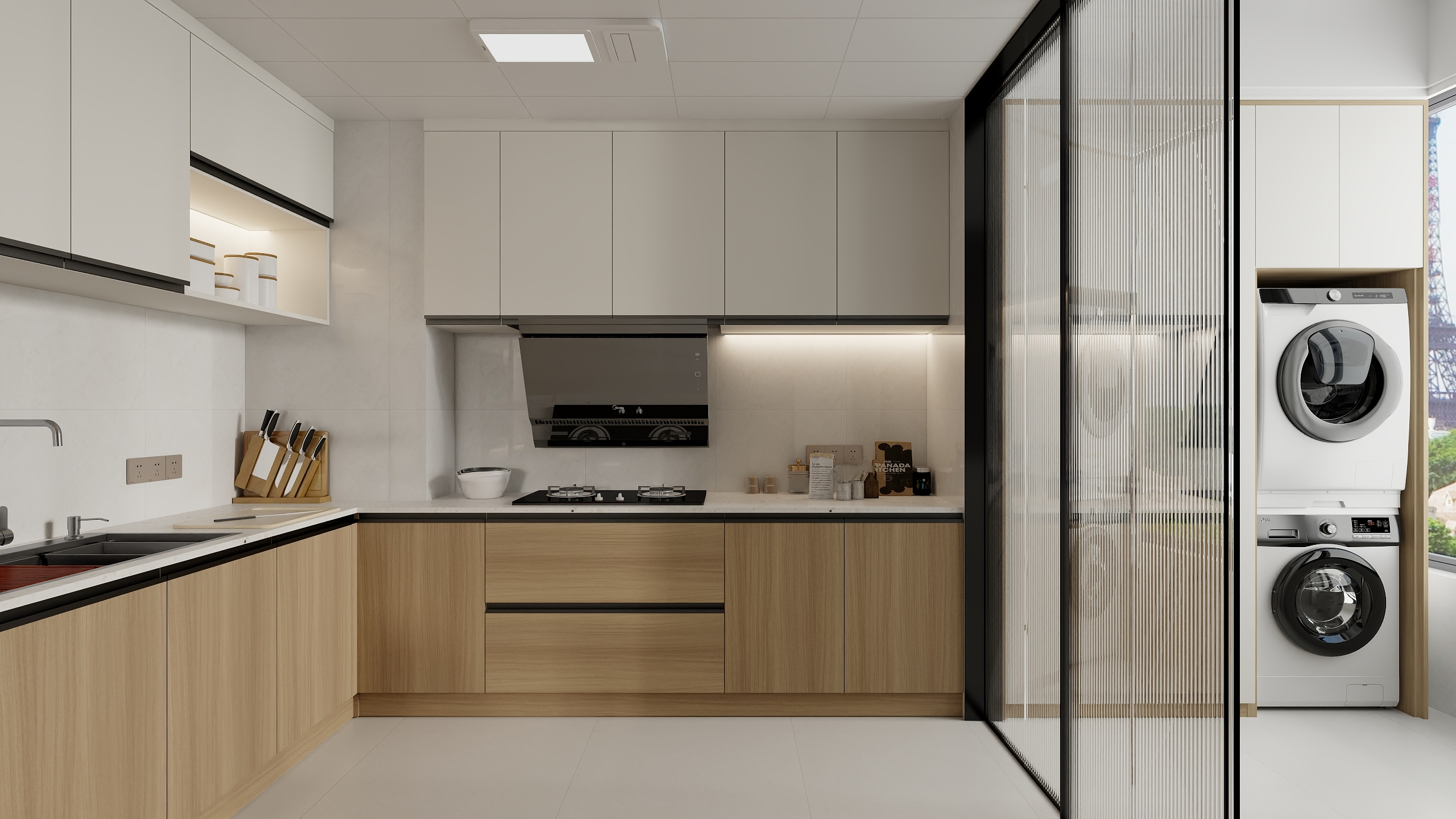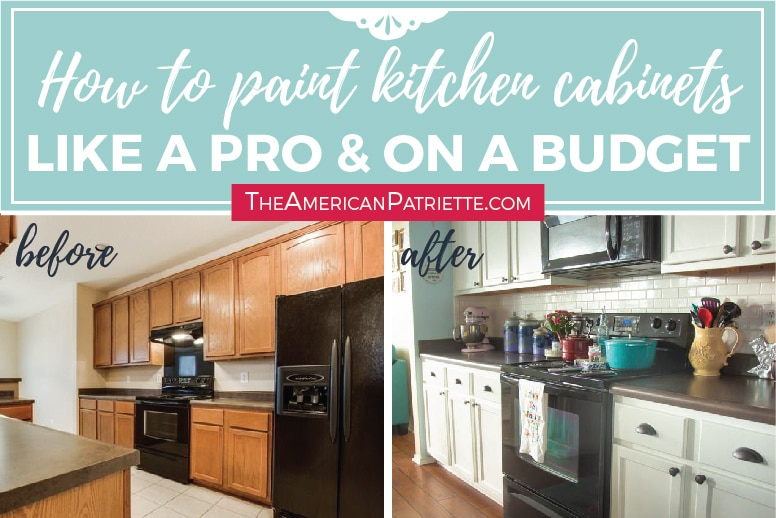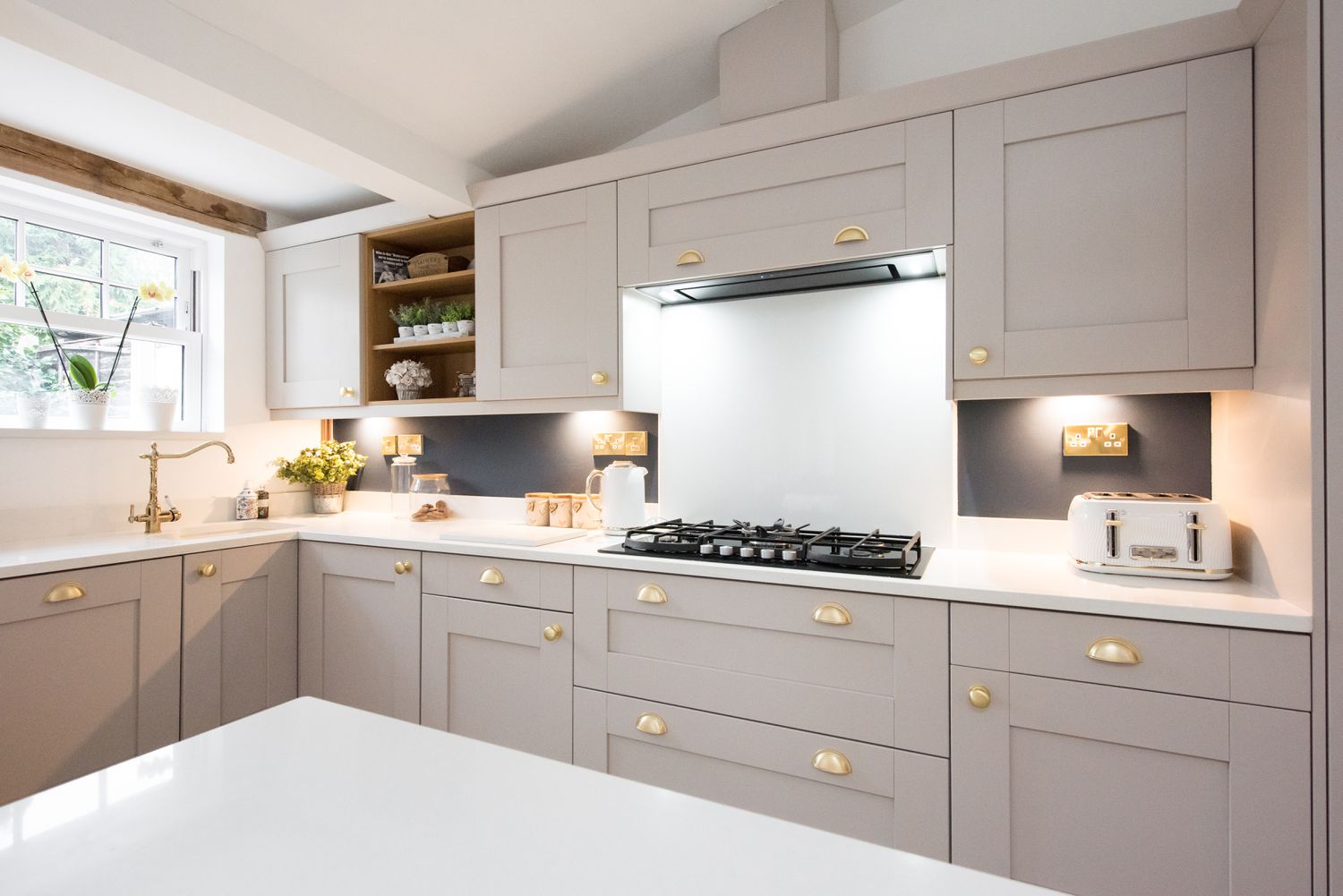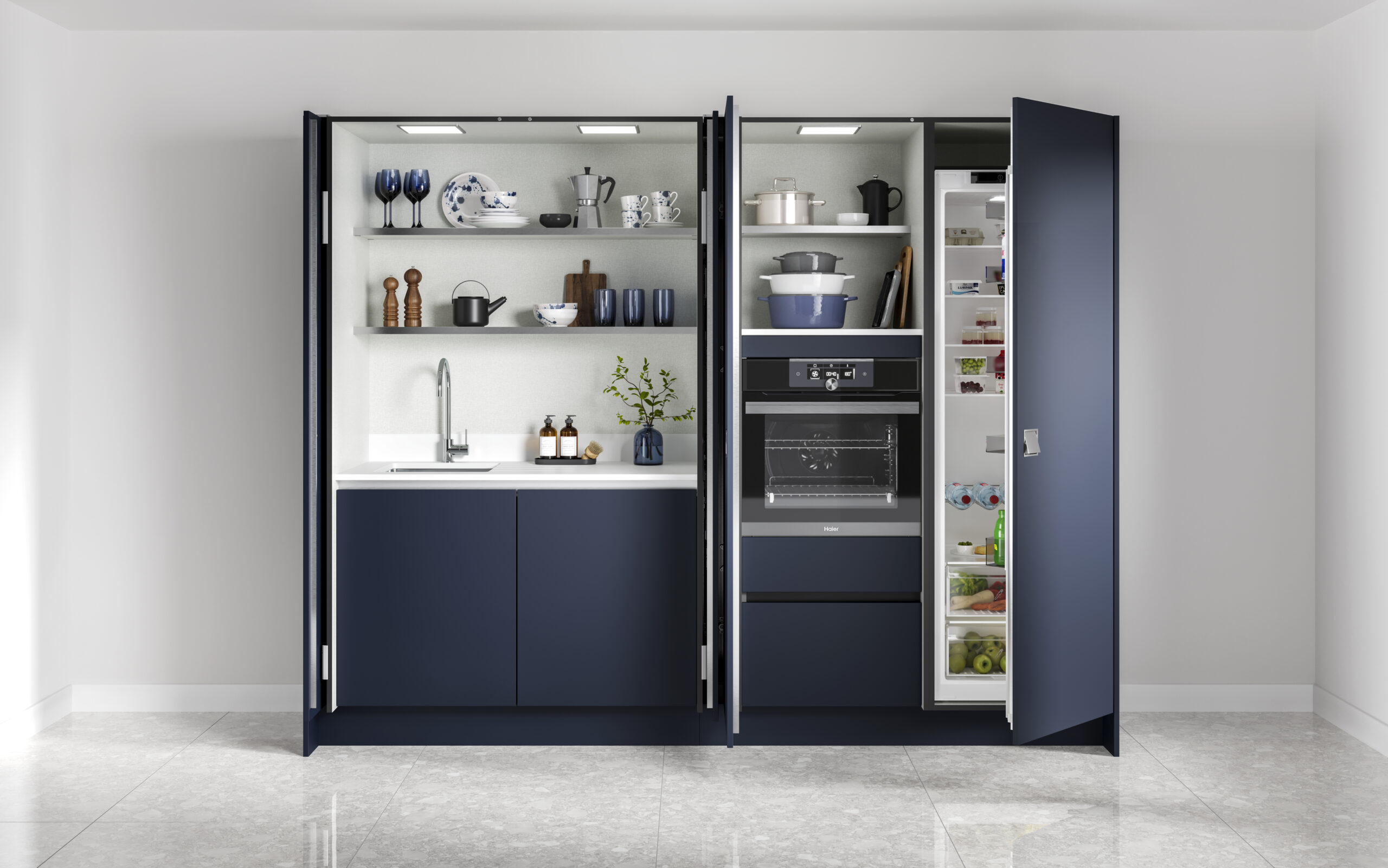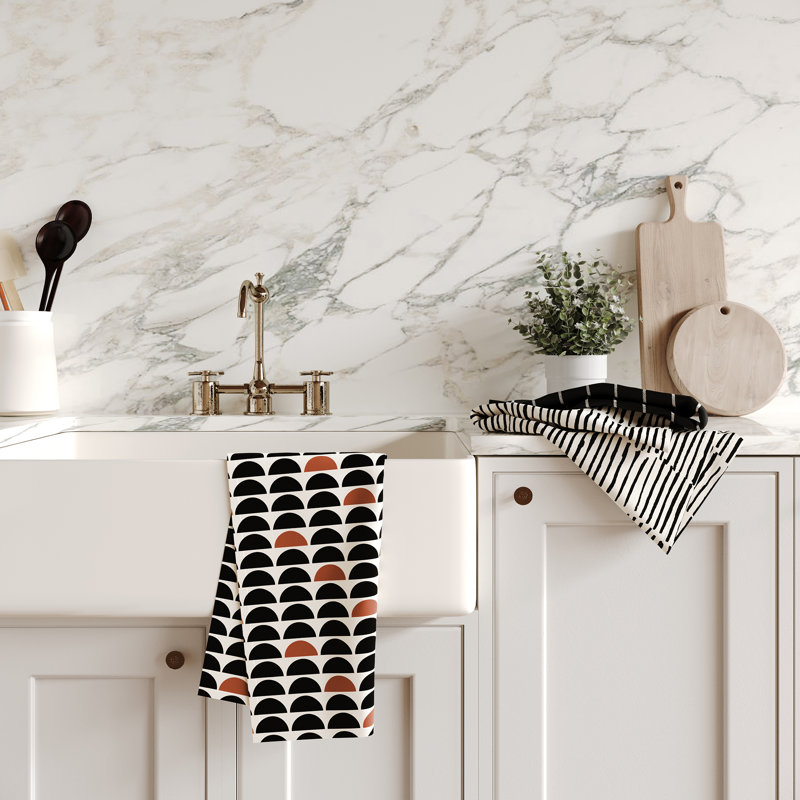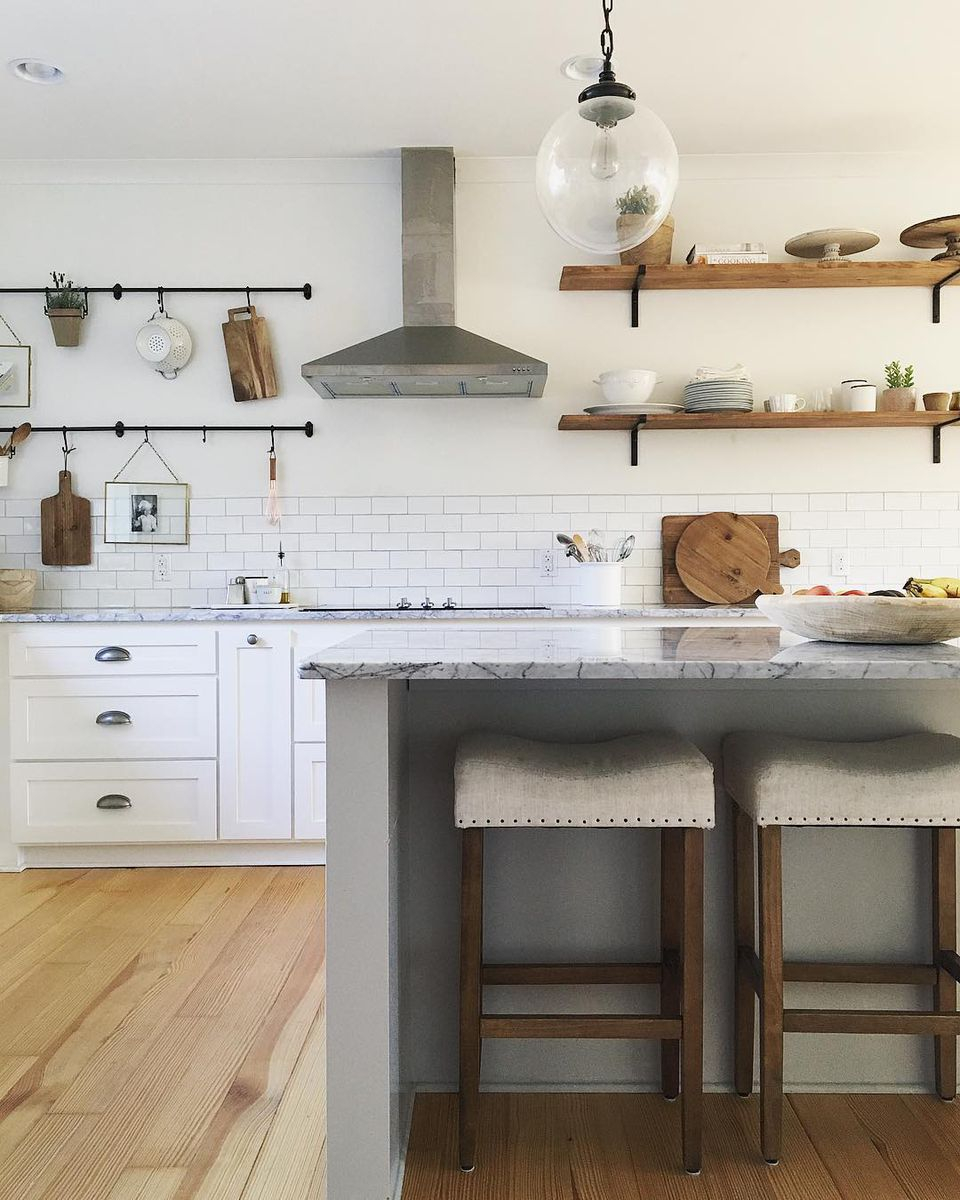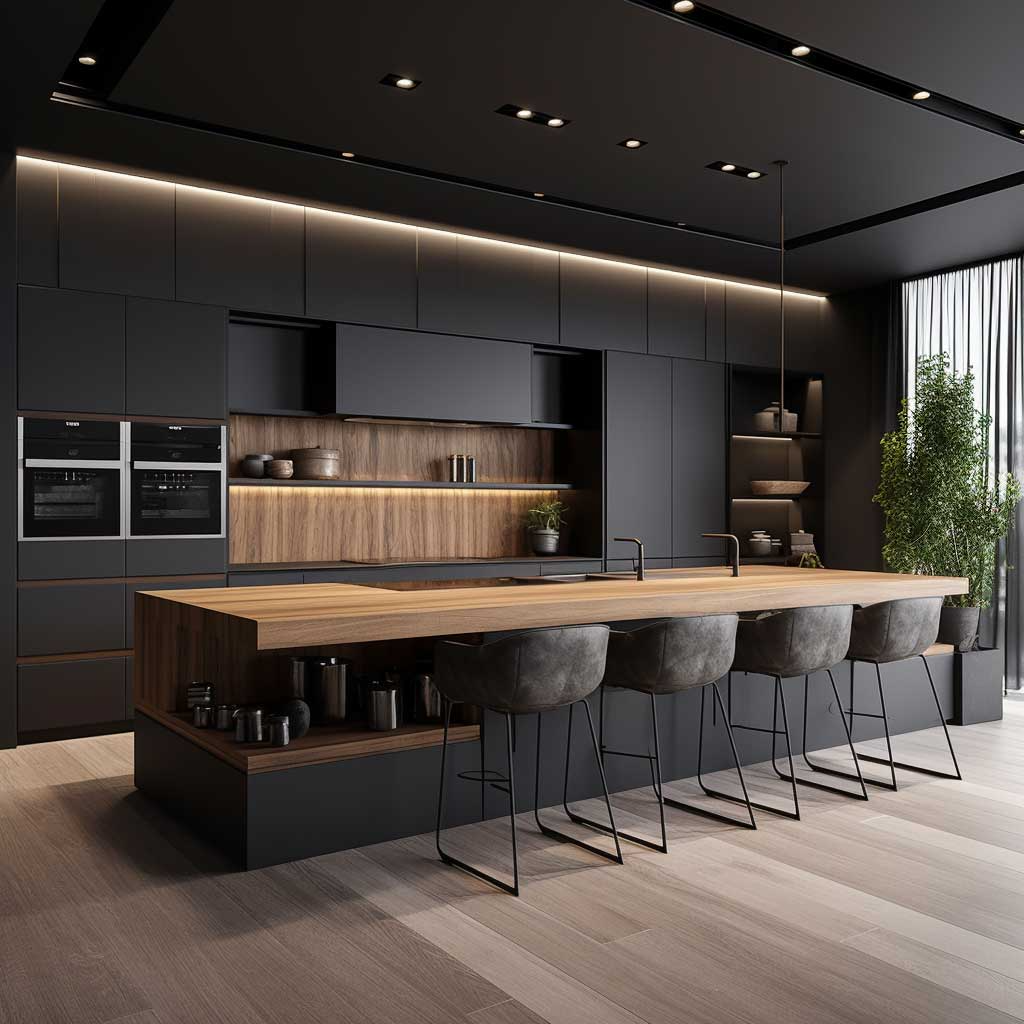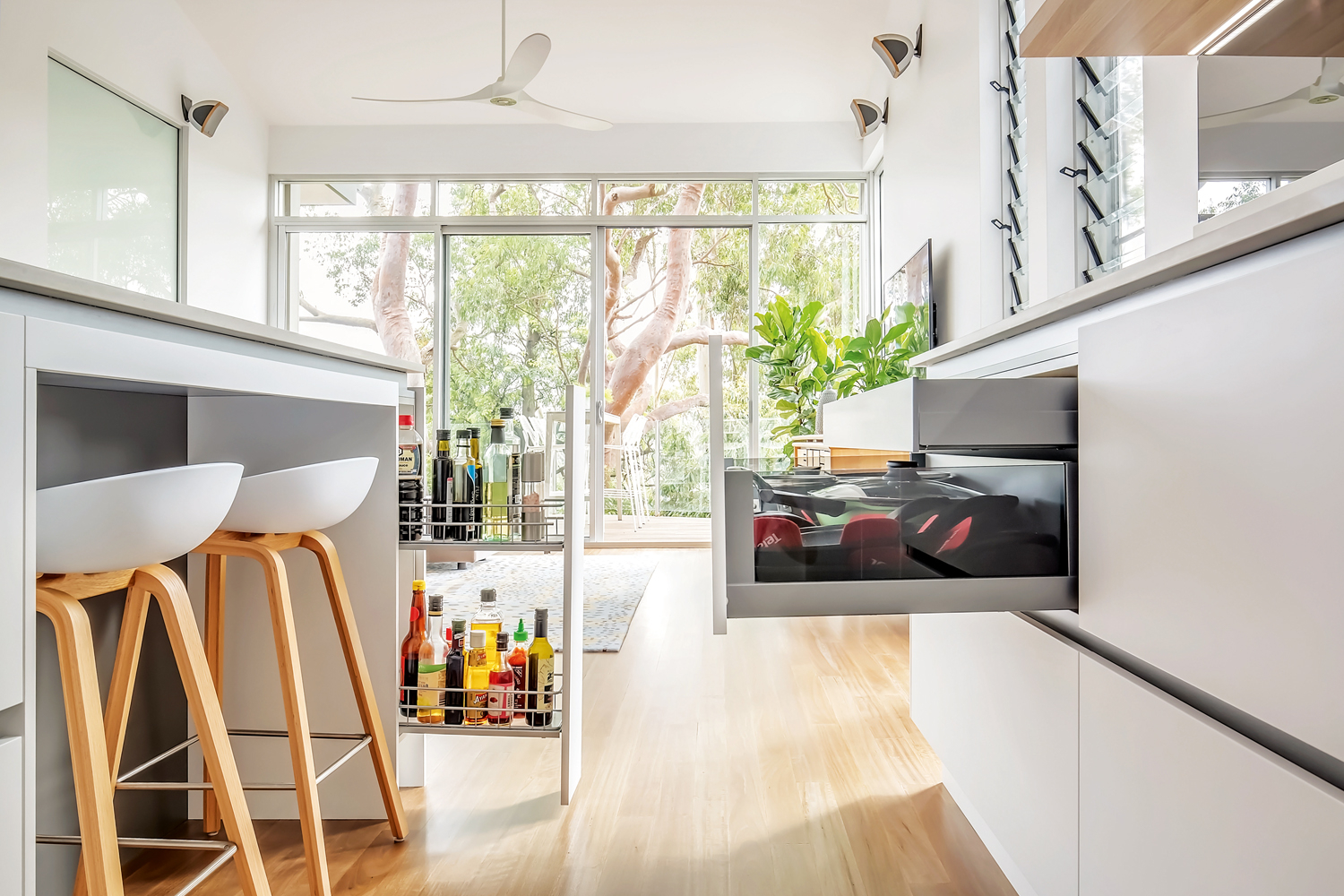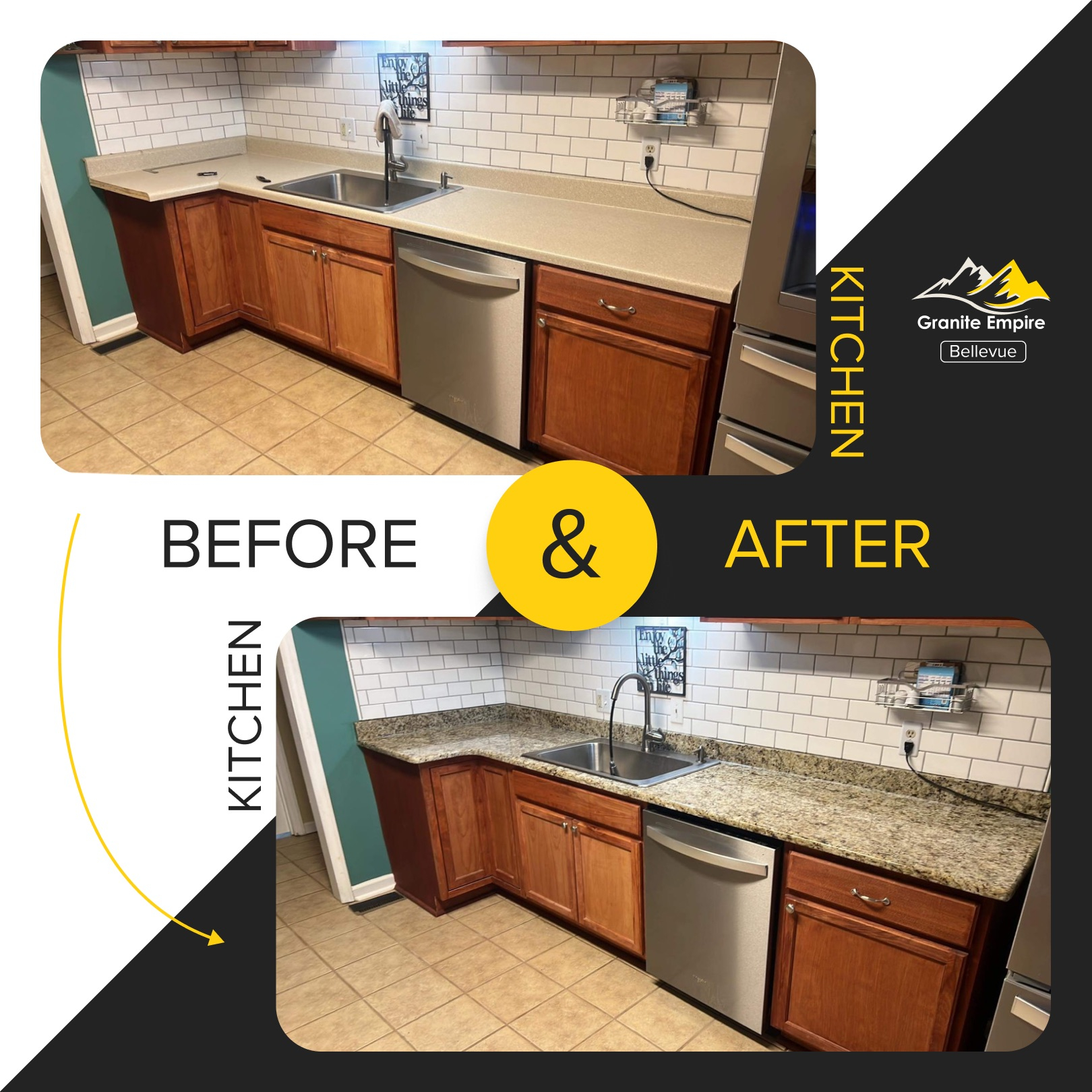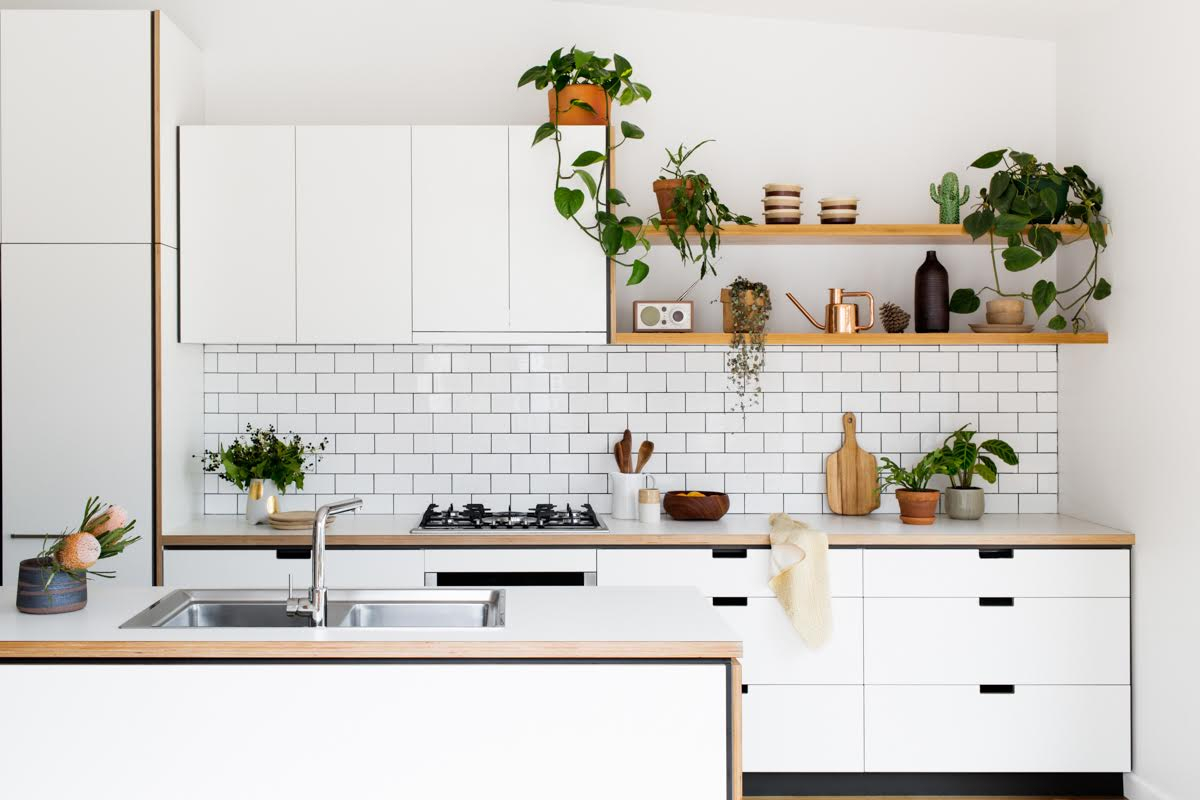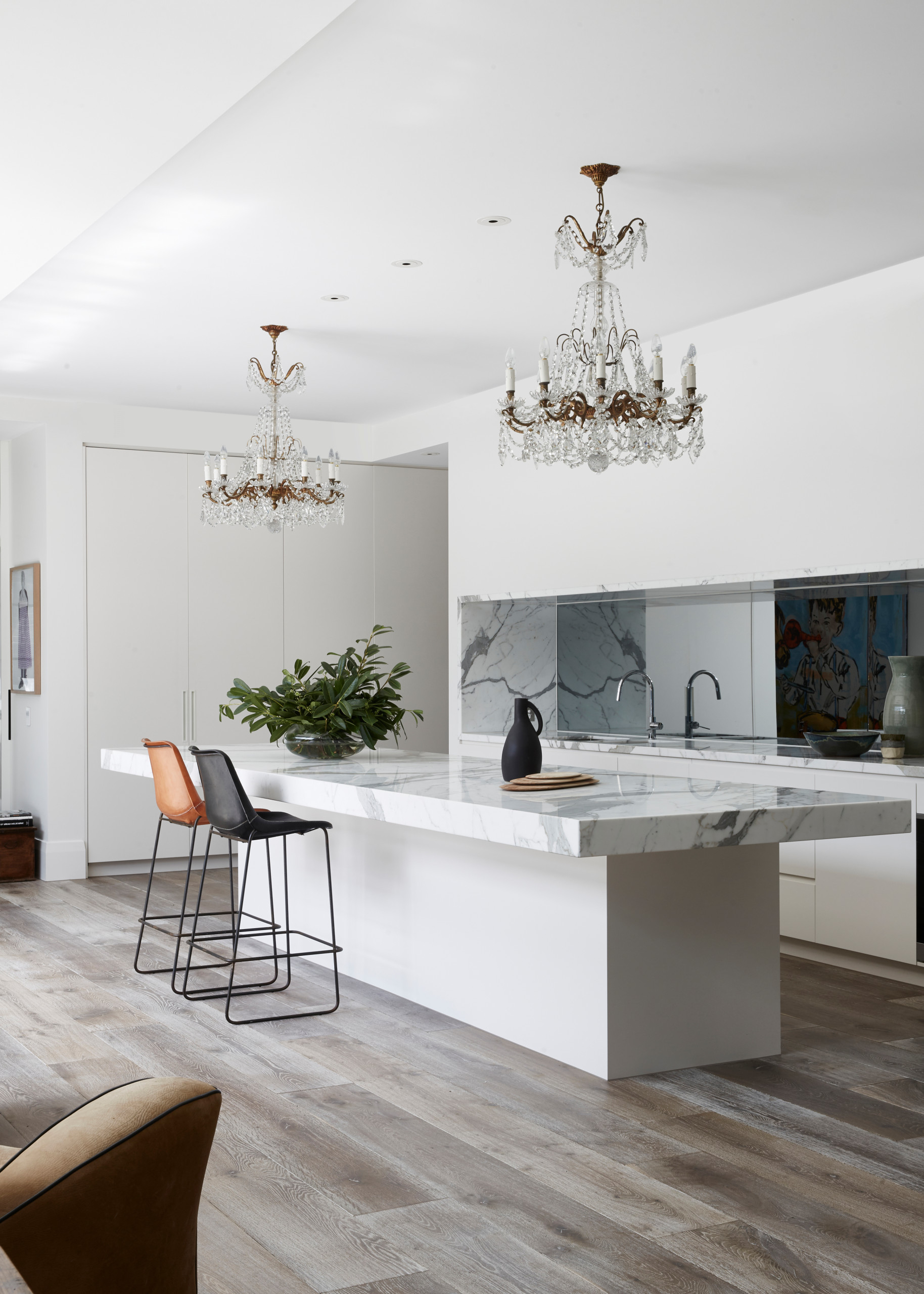Ever feel like your kitchen is working against you, not with you? That chaotic scramble for an ingredient, the awkward dance around appliances, the sheer frustration of a space that just doesn’t flow. It’s a common story, but it doesn’t have to be yours. What if I told you that the secret to smoother cooking, less stress, and more culinary enjoyment lies in the very design of your kitchen. A well-planned layout isn’t just about aesthetics; it’s about creating a harmonious environment where every task feels effortless and every moment spent in your kitchen is a pleasure. Let’s explore how to unlock that potential.
The kitchen is more than just a place to prepare food; it’s the hub of activity, the spot for morning coffee chats, and often, where families gather. But when it’s not set up efficiently, it can quickly become a source of frustration. Think about it: how much time do you waste walking back and forth between the fridge and the stove, or searching for that one elusive spice? These small inefficiencies add up, stealing precious minutes and, frankly, some of the joy from cooking. A smart kitchen layout, however, acts like a silent, helpful assistant, guiding your movements and keeping everything you need within easy reach. It’s about creating a seamless workflow, turning a potentially stressful chore into a delightful experience. Ready to make your kitchen work for you?
Understanding the Kitchen Work Triangle
At the core of efficient kitchen design is the concept of the ‘work triangle’. This simple yet powerful idea connects the three primary work areas: the sink, the refrigerator, and the stove/cooktop. The goal is to create an unobstructed path between these points, minimizing travel distance and maximizing ease of movement. Imagine a triangle formed by these areas. Ideally, the sum of the sides of this triangle should be between 13 and 26 feet. Too small, and it feels cramped; too large, and you’re just doing more walking than necessary. It’s about finding that sweet spot where everything is accessible without feeling like a marathon. Think about how often you move between these three key zones – a well-defined triangle makes those movements fluid and natural.
The Power of Zones: Beyond the Triangle
While the work triangle is crucial, modern kitchens benefit from an expanded concept: kitchen zones. These are dedicated areas for specific tasks. You might have a ‘prep zone’ near the sink and trash, complete with ample counter space and easy access to knives and cutting boards. Then there’s the ‘cooking zone’ around the stove, stocked with pots, pans, and frequently used spices. Don’t forget the ‘cleaning zone’ near the dishwasher and sink, and perhaps a ‘storage zone’ for pantry items and small appliances. By thinking in terms of zones, you organize your kitchen around how you actually use it, not just theoretical pathways. This compartmentalization makes finding what you need a breeze and keeps your workspace tidy and focused. It’s like giving each of your kitchen activities its own little command center.
Countertop Space: Your Most Valuable Real Estate
Countertops are the unsung heroes of a functional kitchen. Insufficient counter space is a major productivity killer. You need room to chop vegetables, assemble dishes, and perhaps even place a cookbook or tablet. The layout should prioritize ample, contiguous counter space, especially between the sink and the stove – this is your primary prep area. Consider different types of countertops too; some materials are more durable and easier to clean, contributing to a more pleasant experience. Even small kitchens can be optimized with clever design choices, like pull-out cutting boards or strategically placed islands. Never underestimate the power of having enough elbow room to work comfortably. It truly makes transforming raw ingredients into delicious meals far more enjoyable.
Appliance Placement: Strategic and Accessible
The placement of your appliances significantly impacts your kitchen’s flow. Ovens and dishwashers, for instance, should ideally not be placed directly next to each other, as this can create a traffic jam when both are in use. Placing the microwave at a comfortable counter height or in a dedicated upper cabinet, rather than on the floor or a crowded counter, is a smart move. Think about the frequency of use. The refrigerator should be easily accessible without blocking other work areas. And what about smaller appliances? Storing them closer to where they’re used – like the coffee maker near a mug and spoon drawer, or the toaster near the bread bin – streamlines your daily routines. It’s all about putting things where they make the most sense for your workflow.
Storage Solutions: Taming the Clutter
Effective storage is intrinsically linked to a smart layout. When everything has its place, your countertops stay clearer, and your cooking process becomes smoother. Deep drawers for pots and pans, pull-out shelves in cabinets, and tiered spice racks can make a world of difference. Consider vertical space too – wall-mounted magnetic knife strips or shelving can free up precious counter real estate. Think about drawer organizers and dividers; they’re not just for cutlery. Using them for utensils, spices, and even baking supplies can keep things tidy and prevent that dreaded rummaging. A well-organized pantry, with clear containers and labels, also contributes immensely to efficiency. When you can see what you have and access it easily, meal prep transforms.
Lighting and Ergonomics: The Finishing Touches
Don’t forget about lighting and ergonomics. Good task lighting over work areas like the sink and countertops is essential for safety and efficiency. Under-cabinet lighting is a fantastic way to illuminate prep surfaces without harsh overhead glare. Ergonomics also plays a role. Are your cabinets at a comfortable height. Are your drawers easy to open and close. Even the placement of your trash and recycling bins can make a difference. Consider a pull-out bin that’s integrated into your cabinetry. These details might seem minor, but they contribute to a kitchen that is not only functional but also comfortable and pleasant to be in. A well-lit, ergonomically sound kitchen makes every task feel less like a chore and more like a natural extension of your creativity.
Creating a smart kitchen layout is an investment in your daily well-being and culinary adventures. By understanding principles like the work triangle and the concept of zones, and by paying attention to counter space, appliance placement, storage, lighting, and ergonomics, you can transform your kitchen from a source of stress into a sanctuary of efficiency and joy. It’s about more than just cooking; it’s about creating a space that supports your lifestyle and brings pleasure to your everyday life. So, take a good look at your kitchen. Are there small changes you can make today to improve its flow. Perhaps a minor rearrangement or a new storage solution. Even small adjustments can lead to significant improvements in how you cook, create, and connect within the heart of your home. Happy cooking.


